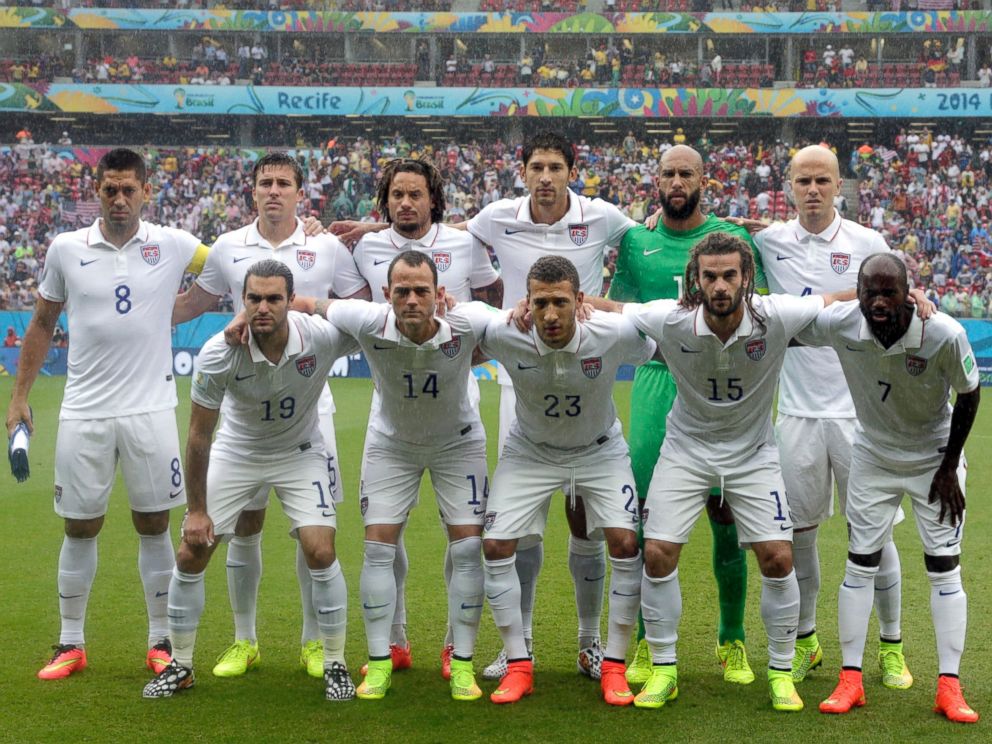The Future of American Soccer After Women's World Cup Victory
How many World Cup victories will it take for soccer to explode in the U.S.?
— -- The U.S. team's victory at the 2015 Women's World Cup is part of a slow but steady trend of growing national interest in soccer.
So what's taking so long?
"Soccer is already being taken more seriously than ever before," Danny Townsend, chief revenue officer of global sports and entertainment sponsorship research company Repucom, said, pointing to the recent improvement in Major League Soccer television deals and investment of brands such as Heineken and Audi.
Though the U.S. men's team has never won a World Cup title, the entire men's tournament is the world's most-viewed sporting event. But in American culture, and in terms of pay for U.S. players, the other professional sports dwarf the beautiful game.
Could that be changing? Major soccer viewership and attendance is currently on the rise -- a trend that began after the United States hosted the 1994 World Cup. While the men's game remains in growth mode, women's soccer has failed to grow. Since the women's last won the World Cup in 1999, two women's pro leagues have come and gone. A third, the National Women's Soccer League, averages just a few thousands fans per game.
The broadcast of the women's 5-2 victory over Japan on Sunday reportedly had 25.4 million viewers, breaking the record for the most-watched soccer game in the U.S., according to the Wall Street Journal, citing unnamed sources.

Nielsen will release its final numbers on Wednesday. The U.S. men's match against Portugal last year in Brazil was the record-holder with 18.2 million American viewers on ESPN. Including Univision viewers watching in Spanish, the total reached 24.7 million. According to Nielsen, last year's men's World Cup final between Argentina and Germany had 14.2 million average viewers. There were nearly 18 million who watched the U.S. victory in the 1999 Women's World Cup final.
By comparison, the 2015 Super Bowl between the New England Patriots and the Seattle Seahawks was watched by a total of 114 million people.
The men's performance in Brazil last year and the women's victory in Vancouver will continue to strengthen the sport's commercial appeal, Townsend said.

"The challenge has always been converting that participation and casual interest into genuine fan avidity," he said. "MLS is aware of that and this upside highlights the opportunity."
Townsend said it's difficult to assess if the sport has finally "made it" in the U.S.
"U.S. sports fans are patriotic and there aren’t many national sports teams that engender that same spirit as the national soccer teams," he said. "Equally, as the MLS continues to build its fan base through leveraging its local talent, supplemented by global stars such as Kaka, [David] Villa, [Frank] Lampard, [Steven] Gerrard and now [Andrea] Pirlo, soccer has plenty of runway ahead."




